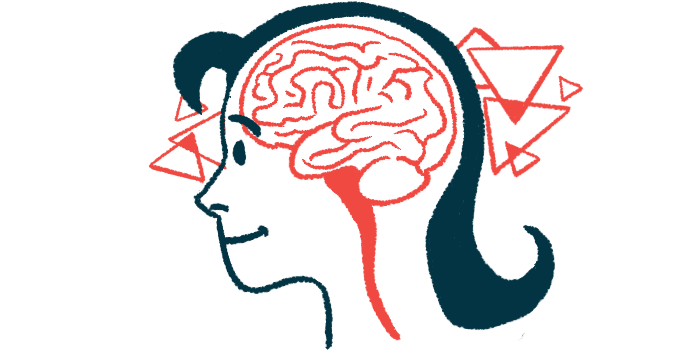NMSS Grant Supports Work Into Epstein-Barr Virus as MS Trigger
Australian-led team looking into whether lymphocytes launch mistaken attacks

A National Multiple Sclerosis Society grant is supporting an Australian-led research team aiming to better understand how the Epstein-Barr virus (EBV) may be acting as a trigger for multiple sclerosis (MS).
The funding will particularly be used to understand what molecules are being targeted by lymphocytes, immune cells that cause damage in the nervous system. The researchers aim to determine whether the targeted molecules are naturally occurring or if the immune system is targeting molecules from the virus that resemble those found in the body, leading to a misguided immune attack.
The project will be led by Allan Kermode, MD, head of the Demyelinating Diseases Research group at the Perron Institute and Murdoch University’s Center for Molecular Medicine and Innovative Therapeutics (CMMIT), both in Western Australia.
Recent studies support an Epstein-Barr virus role in MS
This effort will be a national and international collaboration, also involving researchers from the Harry Perkins Institute, Murdoch University, University of Sydney, and the biotech company Biotome, all in Australia, as well as those at Vanderbilt University Medical Center in Nashville, Tennessee.
“The very welcome funding from the National Multiple Sclerosis Society will be used to explore the connection between MS and Epstein-Barr virus,” Kermode said in a Perron Institute press release.
EBV is a common virus that spreads via saliva or other bodily fluids and can cause infectious mononucleosis (also known simply as mono). After an infection, the virus remains in the body, where it lays in a dormant state throughout life.
The potential link between EBV and MS is not new, but a study published earlier this year showed that infection with this virus strongly contributes to developing the disease later in life, raising the risk of MS by 32 times. Another study suggested a possible mechanism for this link, showing that antibodies designed to target and fight off the virus could also bind to and attack a protein in the brain.
As evidence indicating a causal link grows stronger, research interest is turning toward potential treatments. But more work is needed to understand the mechanisms through which EBV may act in MS.
“New technological advancements are allowing us to work towards identifying the cause or causes of MS and the information we discover will help us develop new, more effective treatments,” Kermode said.
Lymphocytes, a type of white blood cell, help the immune system in remembering every foreign virus — or other foreign intruders — it comes into contact with and in mounting a response against them.
The blood-brain barrier, a highly selective and protective membrane, normally shields the central nervous system (the brain and the spinal cord) from lymphocytes and other threats trying to enter.
In MS, however, “lymphocytes enter the central nervous system, and it is thought they attack self-antigens (cellular proteins) in the brain, mistaking them for the Epstein-Barr virus,” Kermode said.
Scientists don’t know that exact nature of these proteins. So the Australian-led team will examine brain tissue samples collected post-mortem from individuals with MS and study the lymphocytes found in close proximity to regions of brain damage.
“The aim,” Kermode said, “will be to determine whether the antigens the lymphocytes are targeting are [in fact] self-antigens or foreign intruders.”
Researchers also will screen people recently diagnosed with MS to “determine whether we can see these lymphocytes in the blood before they go into the central nervous system,” he added.
Joining Kermode on the project will be Marzena Fabis-Pedrini, PhD, who coordinates MS research at the Perron Institute and CMMIT, and the postdoctoral scientist Belinda Kaskow, PhD, and PhD student Xiaonan Zhong, both with the institute.
The project also received funding from Western Australia’s Eyewall Foundation, which supports research into neurological diseases.







